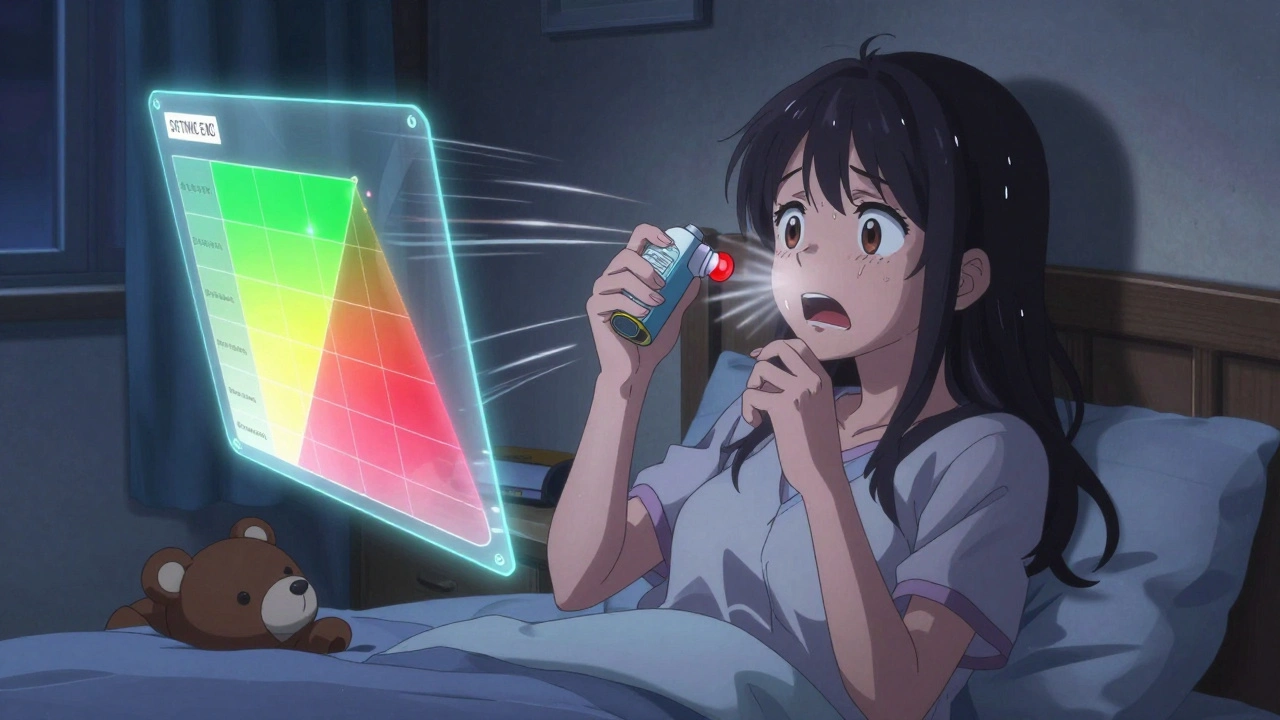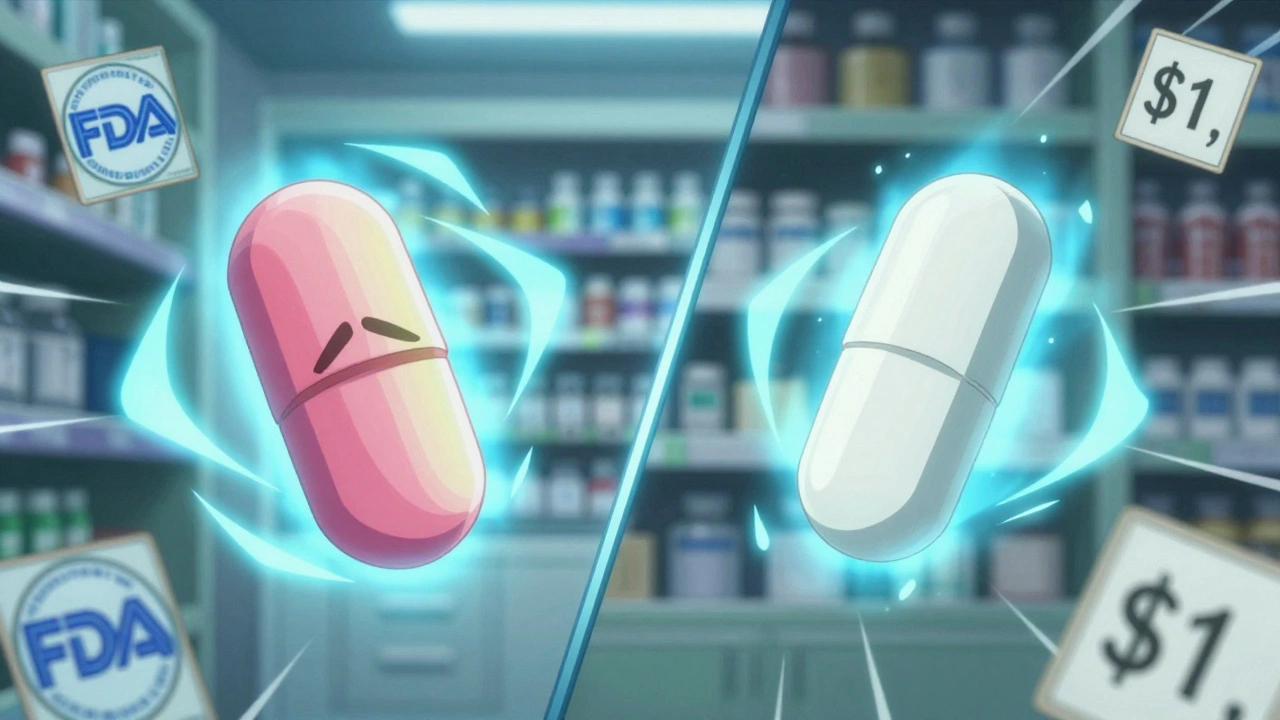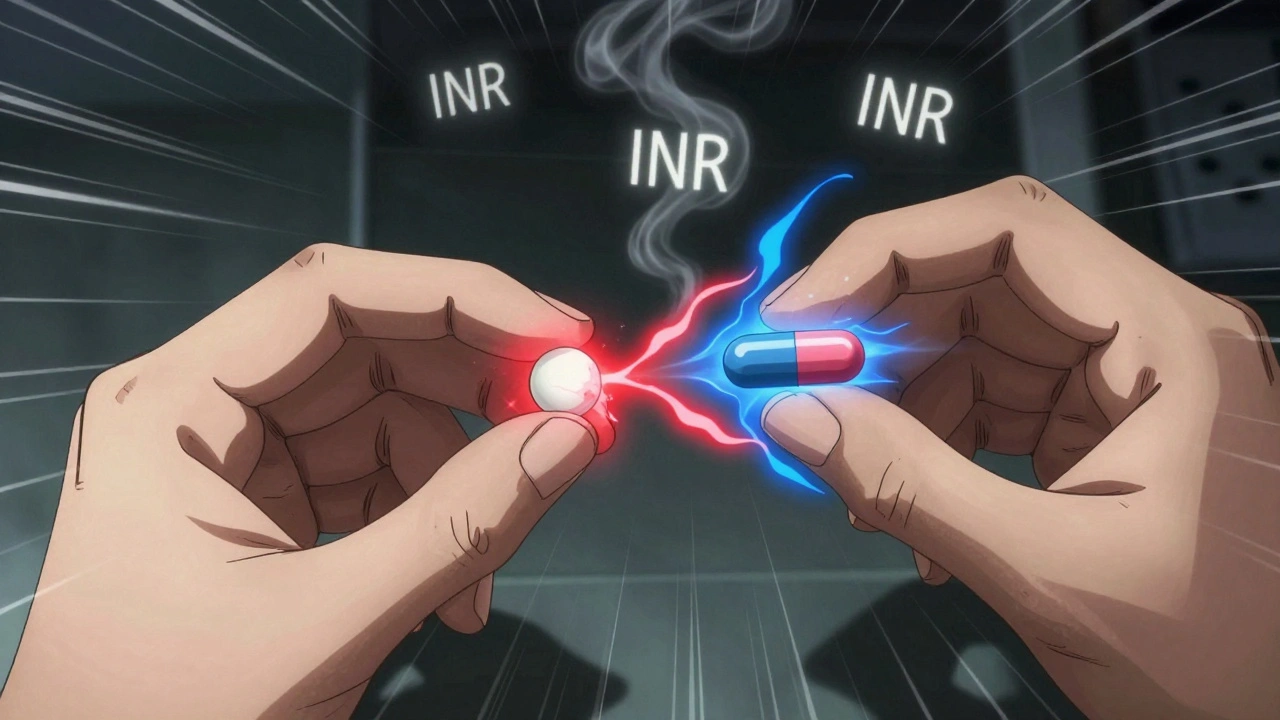Androstenediol — a plain guide to what it is and what it does
Androstenediol is a steroid precursor your body can turn into testosterone and estrogen. You’ll see it mentioned in sports, bodybuilding forums, and some supplement labels. People use it hoping to boost strength, recovery, or libido, but the real effects and risks aren’t always clear. Here’s a straightforward look so you can understand what it is and decide if it’s worth learning more about.
How it works and why people use it
Chemically, androstenediol sits a step behind testosterone. In the body it can convert to testosterone or to estrogen depending on enzymes and hormones already present. That’s why some users expect mild anabolic benefits — more muscle or energy — without using straight testosterone. Over-the-counter products sometimes label prohormones or “precursors” as androstenediol blends, but ingredient lists vary a lot and claims are often overstated.
Common claims: better recovery, easier muscle gains, and higher libido. What you’ll actually see depends on dose, your baseline hormones, diet, and training. People who are already near their natural peak hormone levels will likely notice less than someone with low testosterone.
Risks, side effects and testing concerns
Side effects follow from shifting hormone balance. Expect acne, oily skin, mood swings, and possible hair loss in people prone to male-pattern baldness. Because it can convert to estrogen, gynecomastia (breast tissue growth in men) is a real risk if estrogen control isn’t managed. Some users also report sleep disruption or changes in libido.
Sporting bodies list androstenediol and many prohormones as banned substances. If you compete, assume supplements can cause a positive drug test. Detection windows depend on the exact compound and testing method, but urine tests can find evidence for days to weeks after use.
Quality and labeling are other big problems. Supplements marketed as androstenediol sometimes contain other steroids, fillers, or mislabeled doses. That raises safety concerns and legal risks in some countries.
Medical interactions matter too. If you take blood pressure meds, blood thinners, diabetes drugs, or hormone therapy, adding a hormone precursor can change how those medicines work. Anyone with prostate issues, breast cancer risk, or heart disease should be cautious.
If you’re considering it, talk to a doctor and get baseline blood tests. That shows your current testosterone, estrogen, liver enzymes, and lipid profile so you can track changes. Ask about safer, proven routes to better performance: proper sleep, protein intake, progressive training, and treating confirmed low testosterone with supervised medical care when indicated.
Want more detail on suppliers, safety checks, or related meds? Check trustworthy pharmacy reviews and evidence-based articles before buying anything labeled as a hormone precursor. Knowledge helps you avoid scams, health problems, and failed drug tests.
Transform Your Body with Androstenediol: Strength and Stamina Boost
Androstenediol is capturing attention as a powerful dietary supplement that aids in enhancing physical strength and stamina. By supporting hormonal balance, this supplement may help build muscle mass and improve workout performance. The article explores the benefits, usage, and considerations of integrating Androstenediol into your fitness regime. This guide offers practical tips on maximizing its effectiveness while maintaining health safety.






